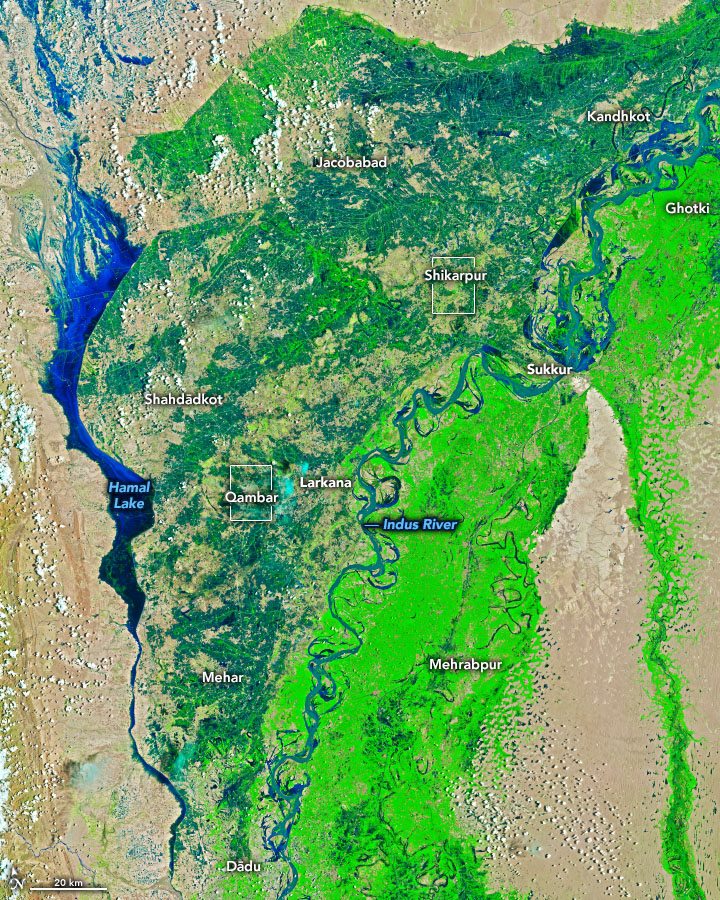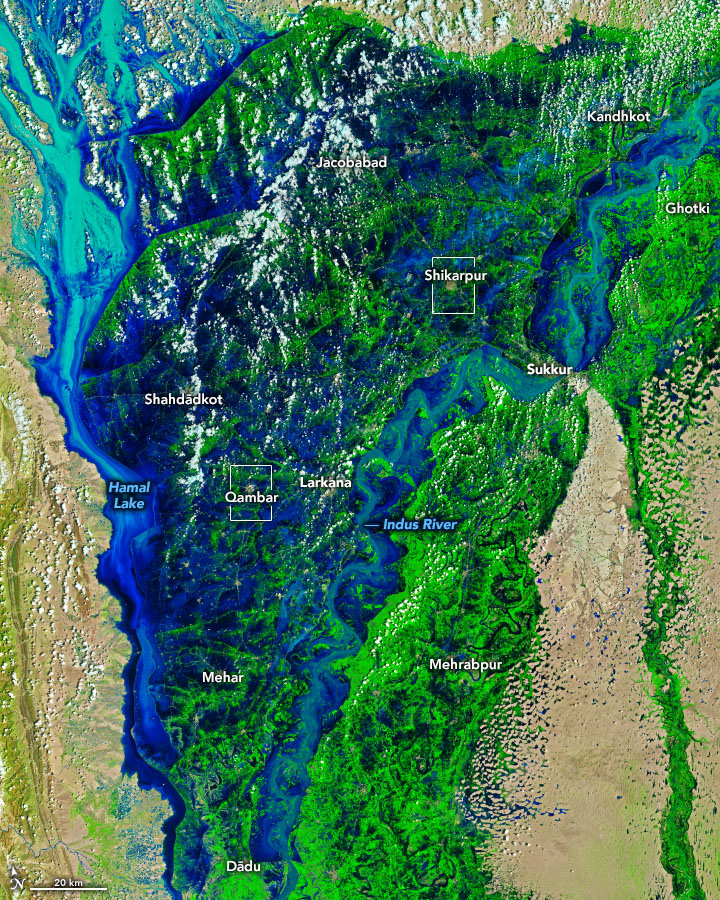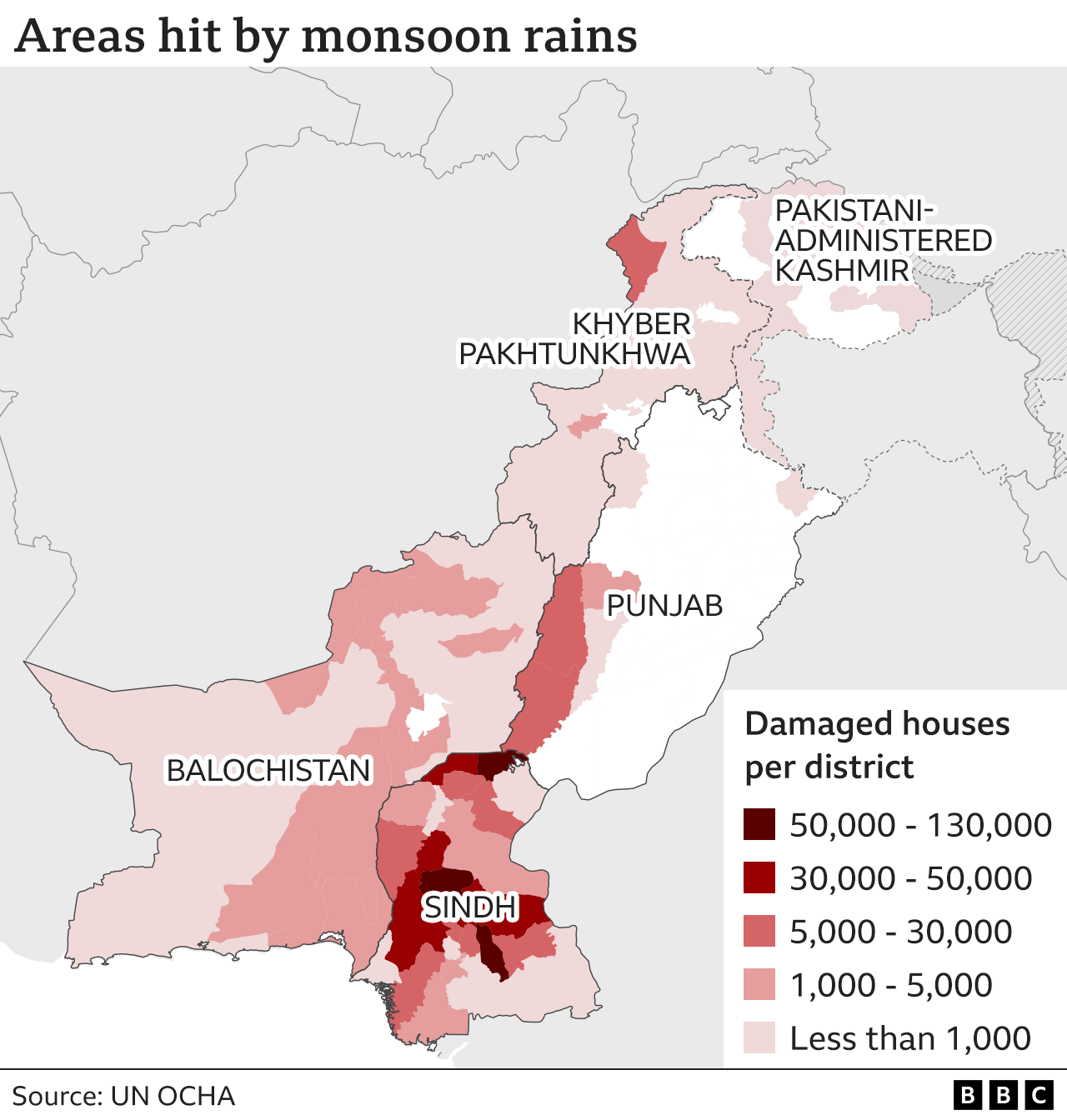The monsoonal season in Pakistan is one for the record books with massive flooding over the country
Written by Mary Triplett, Meteorologist
Last updated 9/3/2022, 8:37:36 AM
This year’s monsoonal season brought record amounts of rain to Pakistan which created some of the worst flooding that country has seen in over a decade. Some parts of the region saw more than 190% of its normal rainfall during the June - August time period with 14.8” falling in one day. In fact, July exceeded the normal monsoon rainfall by 26%, becoming the wettest July in 60 years! One weather site in Sindh reported 51 inches of rain so far in August, compared with the monthly average of 1.81 inches.

Pakistan is used to monsoons and downpours, but “we do expect them to spread out, usually over two or three months,” said the country’s climate minister Sherry Rehman. The catastrophic mix of excessive heat in May, melting glaciers, record rainfall and antiquated infrastructure has created this major issue.


(The false-color images above were acquired by the Operational Land Imagers aboard the Landsat 8 and Landsat 9 satellites on August 4 and 28, respectively. The images combine shortwave infrared, near infrared, and red light to better distinguish flood waters (deep blue) beyond their natural channels.)
Floodwaters have transformed low-lying areas around the Indus River into swamps. More than 1,160 people have died and 3,500 have been injured, one million homes have sustained damage, 5,000 roads and bridges destroyed, over 700,000 livestock lost and 2 million crops.

Many businesses also sustained damage but this luxury hotel completely collapsed under the pressure of the flood waters.
The term “monsoon” describes a seasonal wind shift that brings moist air to South Asia during the summer, resulting in heavy precipitation. The summer monsoon provides 65-75 percent of annual water in Pakistan, playing an important role in farming and the livelihoods of the community.
The monsoonal season lasts through the month of September. You can watch the radar and follow along with the daily forecast on weatherTAP’s Global Forecasting page.